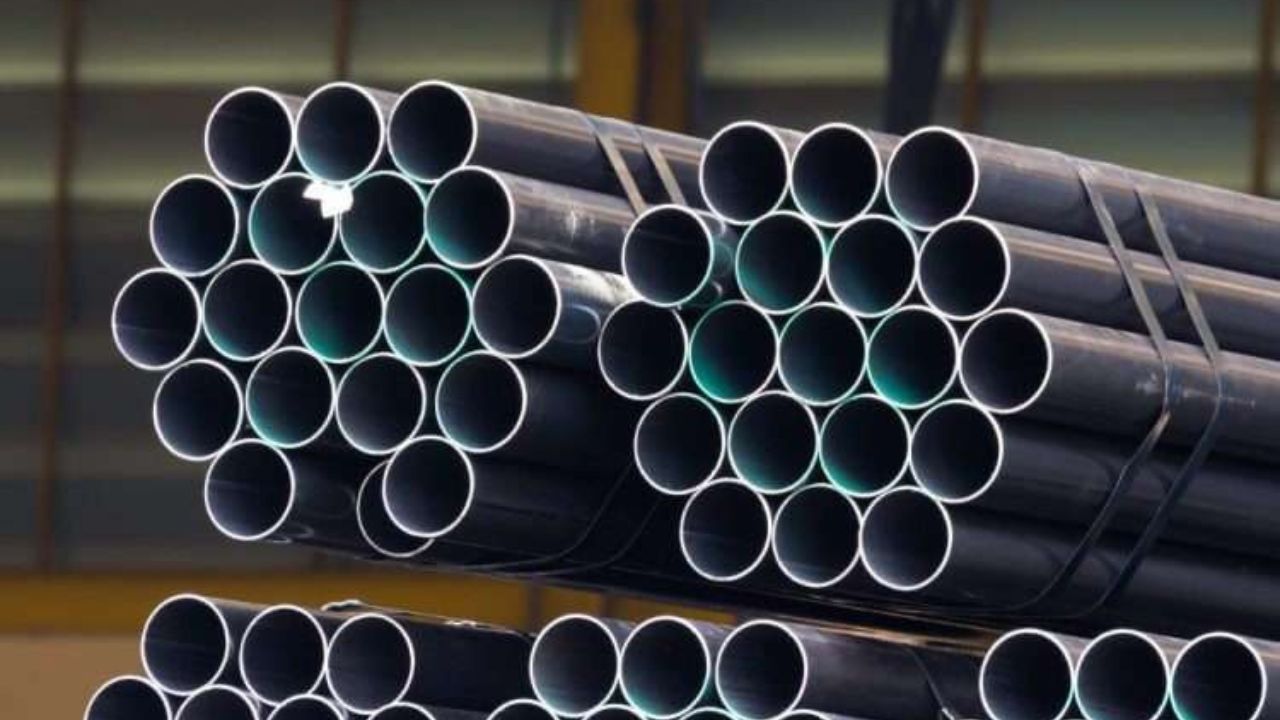Gas Pipeline Safety: A Deep Dive into ASTM A135 Specifications
Effective gas pipeline safety involves a multifaceted approach, encompassing stringent regulations, advanced monitoring technologies, and comprehensive inspection protocols. Rigorous adherence to construction codes ensures the utilization of robust materials, bolstering the structural integrity of pipelines. Regular inspections, utilizing cutting-edge techniques like inline inspection tools, aid in the early detection of potential vulnerabilities, allowing prompt preventive measures. Additionally, ongoing advancements in pipeline design and materials contribute to enhanced durability and resistance to environmental factors, further fortifying the reliability and security of natural gas transportation infrastructure. One such standard that holds significance in this domain is ASTM A135.
Understanding ASTM A135 Specifications
ASTM A135 is a standard specification for electric-resistance-welded steel pipe, specifically designed for use in conveying gas, vapor, water, and other liquids. The specifications outlined in ASTM A135 are meticulous, addressing various aspects to ensure the durability, safety, and efficiency of the pipes used in gas transmission.
Material Composition and Strength
The primary material used in ASTM A135 pipes is carbon steel. Carbon steel offers a combination of strength and durability, making it an ideal choice for applications where reliability is crucial. The standard specifies the chemical composition of the steel, ensuring that it meets the necessary requirements for strength and corrosion resistance.
Welding Process and Integrity
ASTM A135 places significant importance on the electric-resistance welding (ERW) process, a crucial facet in the manufacturing of steel pipes. In the ERW method, an electric current is applied to unite the edges of steel pieces, creating a robust and seamless connection. This welding process plays a pivotal role in preserving the structural integrity of pipes, as the quality of welds directly impacts the overall reliability and safety of the pipeline system. The standard, by delineating guidelines, ensures that ERW welds adhere to stringent quality standards, encompassing parameters such as weld penetration, fusion, and overall weld quality. This meticulous approach under ASTM A135 contributes to the production of pipes that meet high-performance benchmarks and can withstand the demands of transporting natural gas with utmost safety and efficiency.
Thickness and Dimensions
To withstand the pressure and stress associated with gas transmission, ASTM A135 provides detailed specifications regarding the thickness and dimensions of the pipes. These specifications are crucial in determining the pipe’s ability to resist external forces and maintain its structural stability over time.
Corrosion Resistance
Gas pipelines are exposed to various environmental factors that can lead to corrosion. ASTM A135 addresses this concern by stipulating requirements for corrosion-resistant coatings or linings. This ensures that the pipes remain robust and corrosion-free, enhancing their longevity and reliability in gas transmission applications.
Compliance and Testing
Adherence to ASTM A135 specifications involves rigorous quality control measures. The pipes are subjected to various tests, including hydrostatic testing to assess their strength and leak resistance. Compliance with these standards provides assurance that the pipes meet the necessary criteria for safe and efficient gas conveyance.
Conclusion
In conclusion, ASTM A135 plays a vital role in ensuring the safety and reliability of gas pipelines. The detailed specifications encompass material composition, welding processes, thickness, dimensions, corrosion resistance, and compliance testing. By adhering to these standards, stakeholders in the gas transmission industry can contribute to a safer and more efficient infrastructure. The commitment to ASTM A135 not only upholds the integrity of gas pipelines but also underscores the industry’s dedication to public safety and environmental protection.

Howar
Howar is a designer of technology products. He has always been fascinated by how things work, and he loves finding creative solutions to problems. He is constantly looking for new ways to improve his skills and learn new things. Howar is also a big fan of dogs, and he enjoys spending time with his two golden retrievers.